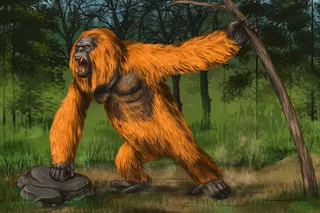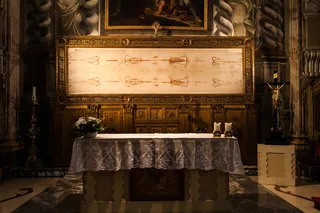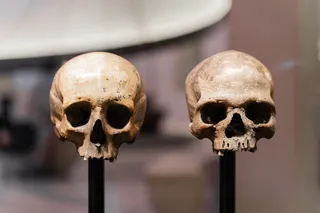Cave paintings can tell us a lot about the people who painted them. For starters, they indicate that a particular culture made time for art. They also tell us that these people valued art as well as the particular objects, scenes or concepts depicted within their works.
Ultimately, cave art isn’t just about marks on rock, but it offers a freeze frame from the prehistoric world that these ancient humans inhabited. Here are some of the most memorable finds.
Cave entrance that has blank stone surrounding a standing area. (Credit: PeteVch/Shutterstock)
PeteVch/Shutterstock
Researchers think that a pig painting found in the Leang Tedongnge cave on Indonesia’s Sulawesi island is an example of some of the oldest cave drawings ever made by ancient humans.
A January 2021 study published in the journal Science Advances describes “two figurative cave paintings of Sulawesi warty pigs” that are thought to be the earliest example ...















